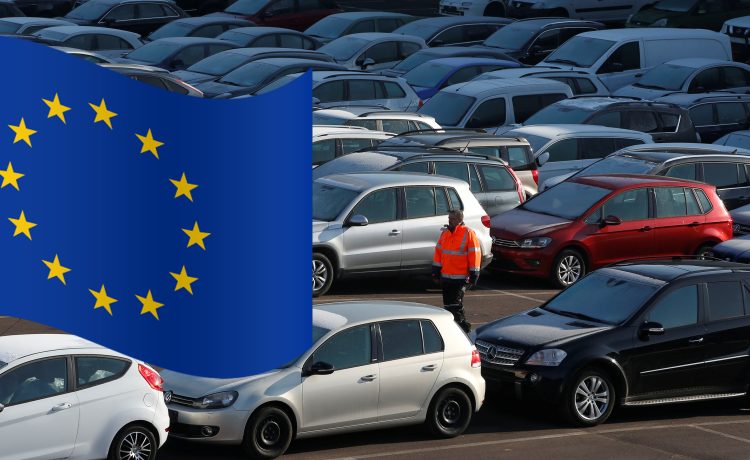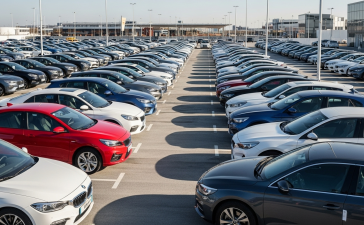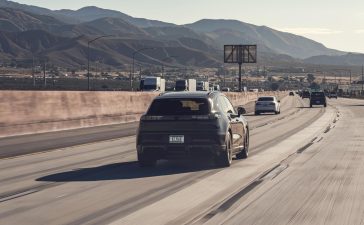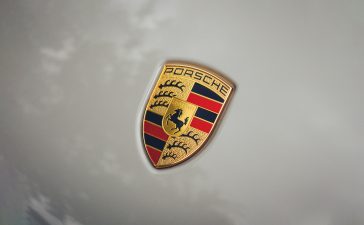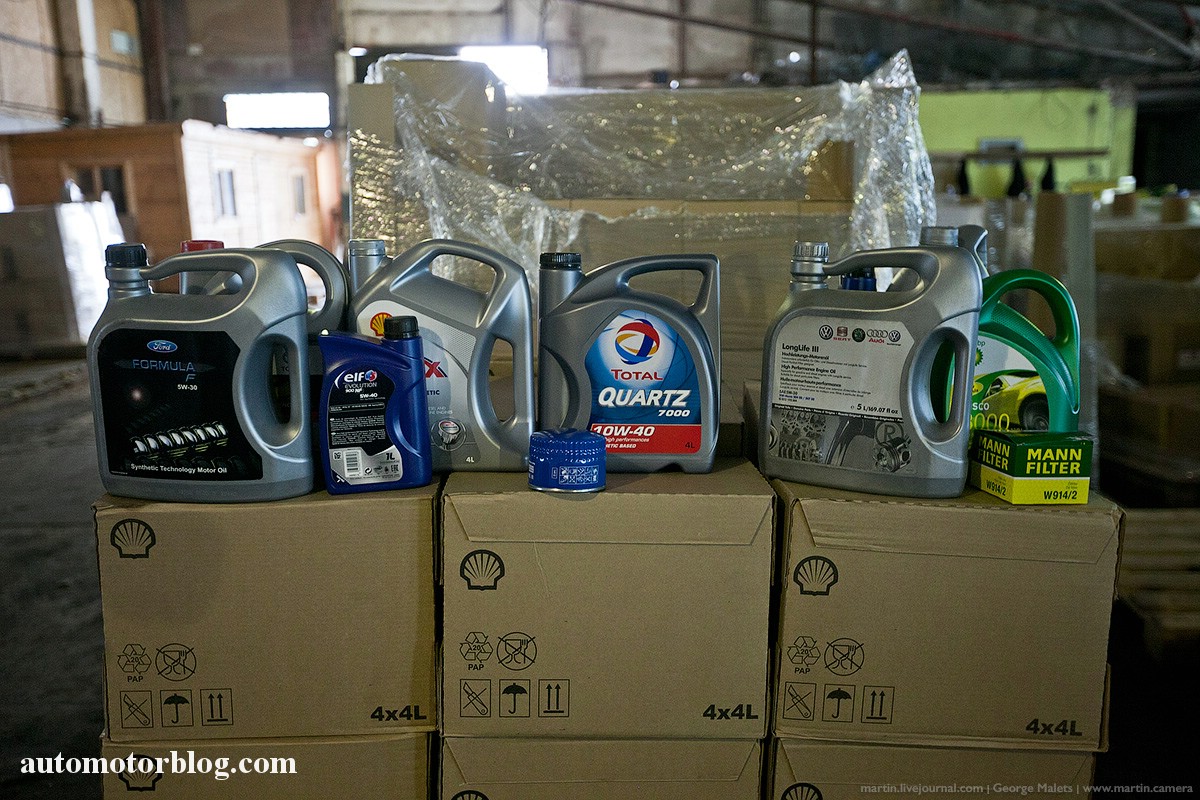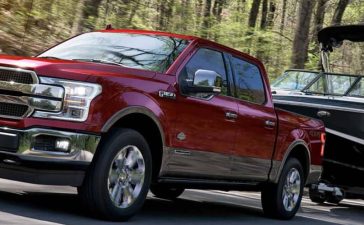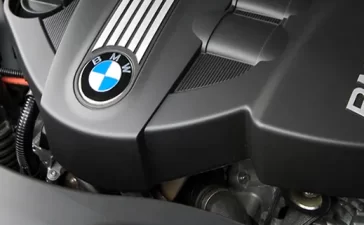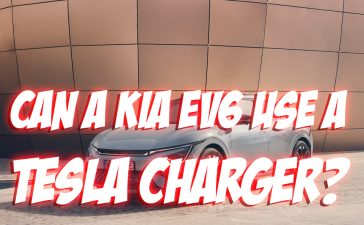Recognition of Industrial Pressure
Europe’s automotive industry has been given a bit of relief. Although emissions rules are strict, auto manufacturers will get extra time to meet the 2025 goals. Earlier this year, there was a finish line for car companies; now, they can chase compliance by 2027. This delay gives automakers two more years to bring the average CO₂ emissions of their overall fleet into line with revised requirements.
Extended Deadline: A Glimmer of Relief
The European Parliament has adopted the proposed plan of the European Commission. Going forward, automakers will need to achieve their targets by computing the average emissions over 2025–2027. There was great support, with 458 agreeing to the proposal, whereas 101 were against and 14 abstained. Automakers, and Volkswagen in particular, were pleased about this decision with a sense of relief. Says Rolf Woller, head of Treasury and Investor Relations at Volkswagen Group, the maker was potentially facing a fine of roughly €1.5 billion, or nearly $1.7 billion, if it breached the established emission caps.
The Road Ahead: Stricter Future Targets
Though there has been some relief recently, there will be tighter regulations in the future. From 2030, the EU intends that for fleet emissions, it should be 49.5 g/km, with a demanding target by 2035: 0 g/km. Conventional gas and diesel engines will continue to be legal until mid-decade, but synthetic fuels or hydrogen technology can press for a change in the new internal combustion vehicles.
High-Emission Tax Burdens
As a fan of the automotive world, I consider this extension both a challenge and an opportunity. It is a lifeline for the carmakers who are under immediate pressure. But at the same time, it is a shot across the bow in reminding us of our urgent need for innovation. The extended timeline is a source of hope. In turn, high-performance vehicles have become too expensive. Take the Honda Civic Type R in the Netherlands that now goes for a six-figure price, and the similarly priced Toyota GR Yaris in France.
Personal Opinion
Having a close eye on automotive trends, I consider this delay as a set of barriers and opportunities. This is a lifeline for car companies already facing unprecedented economic threats. It nevertheless underlines the need that industry must innovate urgently. The postponement of delivering deadlines may reduce pressure in the short run, but adjustment to sustainable technologies is inevitable in the long run. With this allowed time, the automotive world should focus on the development and adoption of cleaner technologies.
End Note
Long-term compliance now is helpful, but the urgency of transition does not change. The overarching objective to develop a sustainable automotive industry remains well in focus. This opportunity enables automakers to be socially responsible in terms of innovation, ensuring they align with sustainable technologies and still achieve their economic targets.


